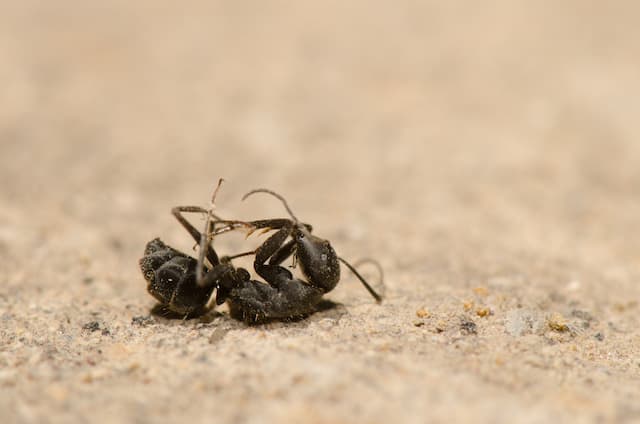Most ant species are headed by one or more discernible queen ants. The primary role of a queen ant is to lay eggs, thus ensuring the survival of the colony. Here are some more fascinating facts about a queen ant that you probably did not know.
- Record Longevity Among Insects
Queen ants hold the record for the longest lifespan among all insects. While some queen ants live for only one year, some have been known to live for up to 30 years, longer than any other known insect.
- The Queen Ant Starts the Colony
When a healthy female ant is born, it flies away, during which time it mates with a male from another colony in what is called a nuptial flight. The fertilized female then finds an appropriate place, gets rid of the wings, and lays the eggs that grow into the first members of her ant colony.
- Some Queen Ants Are Egg Laying Machines
It is a well-known fact that the major role of queen ants is to lay eggs. However, some queen ants have been known to lay thousands of eggs every day, literally earning them the reputation of being egg-laying machines.
- Some Queen Ants Reproduce Without a Male
Some ant species reproduce asexually through cloning or a process called asexual parthenogenesis. The offspring of queen ants that can reproduce without a male is made up of females only.
- Some Colonies Have More Than One Queen Ant
Typically, an ant colony will have only one queen. At other times, an ant colony will have more than one queen; in fact, some colonies will have up to three queens. An ant colony with one queen is called a monogyne, while a colony with more than one queen is called a polygyne.
- A Queen Can Sacrifice The Colony To Retain Power
Believe it or not, sometimes ant colonies are dissatisfied by their queen, and seek to destroy it. In such a case, the queen ant will do what is within her power to retain power, even if it means the destruction of the entire colony. One strategy is the production of fewer workers to make the colony weaker while also leaving her much stronger to fight off attempts on her life.
- A Queen Ant Is Not Always Larger
Most people assume that the queen ant has to be larger than other members of the colony. To a large extent, this is true. However, sometimes the queen ant in some exotic ant species is usually the same size as the worker ants, or even smaller.
- Some Colonies Have No Queen Ant
Most ant species have a queen ant, but this is not a rule. Some ant species, for instance, the Dinoponera species, do not have an ant that can be specifically identified as the queen. Usually, the species that lack a queen are predatory in nature.
- When The Queen Dies, The Colony Dies Off
Once the queen or the queens within a colony die, the colony will be wiped out within a few months. This is because the queen is the only fertile female member of the colony, and the workers have a lifespan of up to about 2 months. Males die even sooner.
- A Queen Feeds Her Saliva To The Larvae
The queen ant usually licks the larvae so that they can get nourishment from her saliva. The saliva usually contains broken-down wing muscles. However, some queens will find other food sources, instead of using the wing muscles, which is why some queens have wings.
Conclusion
Ants are very fascinating. Queen ants are even more interesting. Some of the things people do not know about queen ants include the facts that worker ants can seek to dethrone them, and that they have the longest recorded lifespans among all insects.
If any sign of ant infestation, contact professional pest control.

